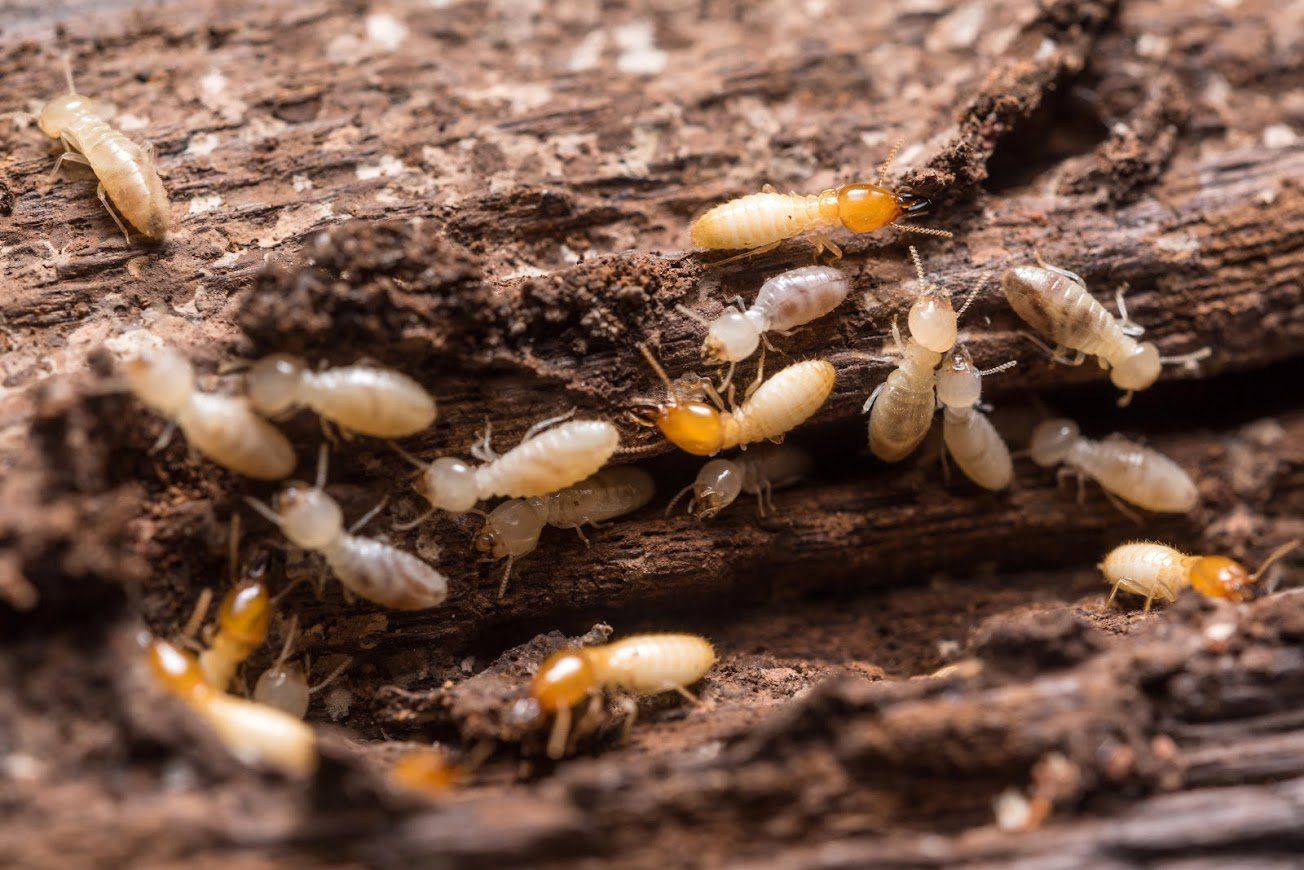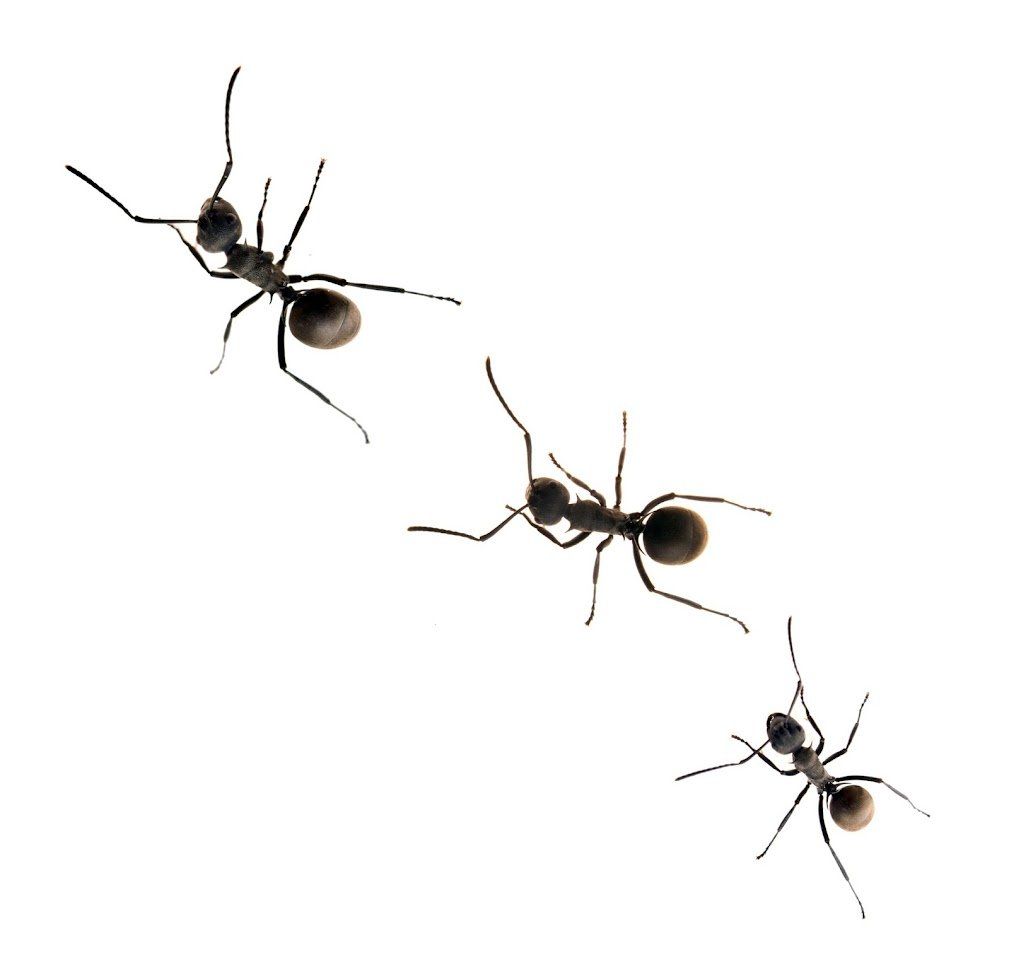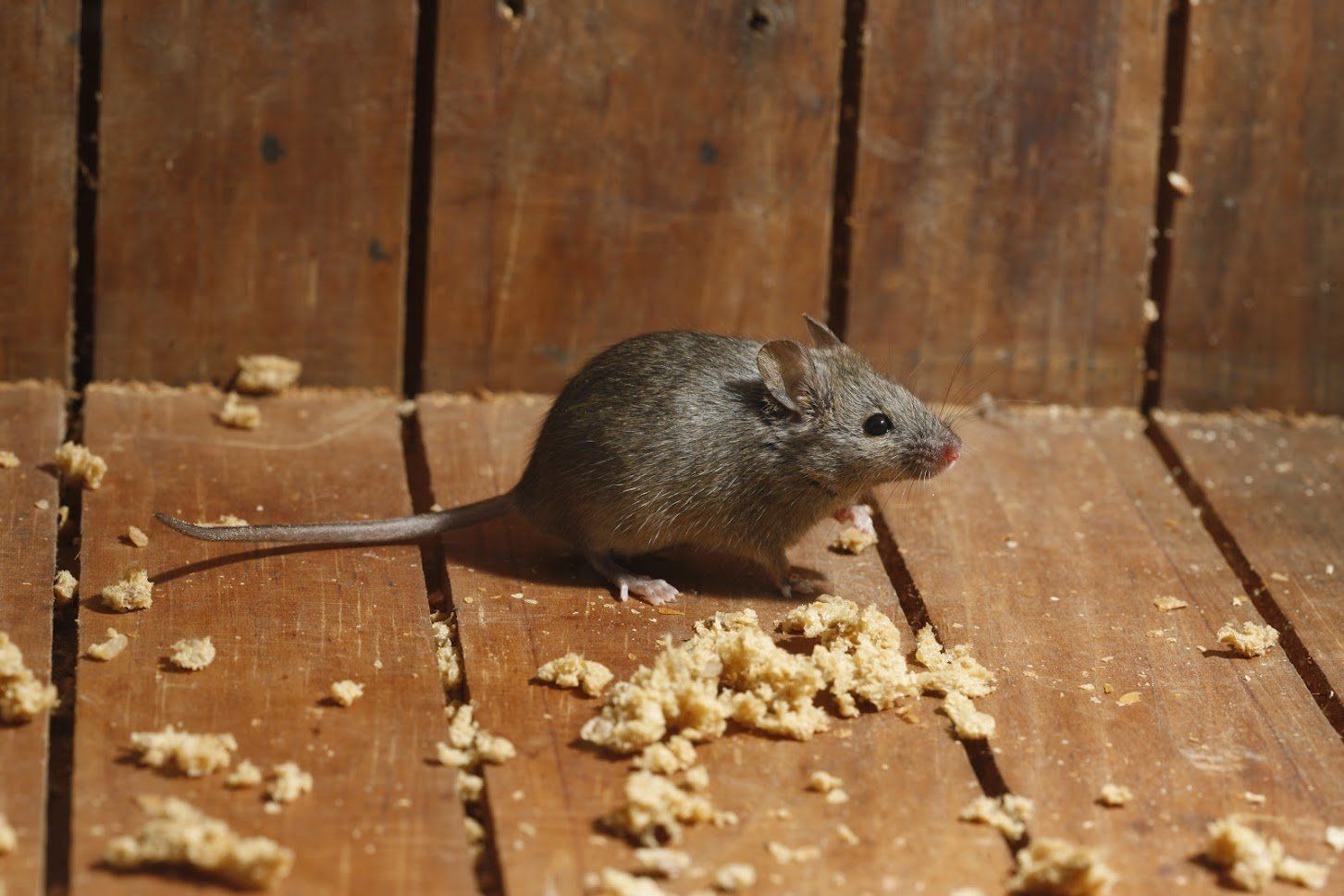All You Need to Know About Pest Inspections
Pests such as spiders, rodents, cockroaches and termites are a cause for worry for any homeowner. Pests are a health risk to your family and damage various fixtures in your home. Pest inspections are an essential aspect of pest control. However, many homeowners do not appreciate the importance of the procedure.
The guide below details a few things homeowners should know about pest inspections. Hopefully, it will compel you to schedule an inspection in the near future.
What are the benefits of a pest inspection?
A pest inspection enables you to identify the presence of pests before the infestation becomes severe. For instance, a termite mud tube on a wooden structure could initially seem harmless. However, if you do not conduct pest treatment, the termites could damage the property's foundation and trusses within a short period. An inspection gives critical insights regarding the cause and extent of the infestation, ensuring you take immediate and appropriate action.
Pest inspections are a vital aspect of the property buying process. Many pests like to hide in dark places; hence it would be difficult for a prospective property buyer to determine if the property has a pest infestation. For example, rodents could damage expensive furniture and electrical wiring. A pest inspection enables you to determine whether the property is a worthy purchase and safe to occupy.
Have you or your family members suffered illnesses such as salmonellosis or tularemia? Food contamination originating from pests harbouring in your home could be a possible cause of these illnesses. A pest inspection goes a long way in protecting your household from such diseases.
Typically, the inspection verifies the existence of these pests, allowing you to take immediate and long-term interventions. For example, you should cover foods to prevent pest contamination. You should consider short-term pest control measures such as installing traps as you await professional pest treatment.
Who conducts pest inspections?
Pest inspectors and exterminators are professionals with the training and experience needed to inspect and treat pests. Consider these tips when hiring a pest inspector;
- Consider locally based professionals since they understand the local pests and their infestation patterns.
- Examine the inspector's insurance. The rule is that they should have general and professional liability coverage.
- Assess the inspector's track record. Customer reviews will help you determine the success of the inspector's interventions.
- Evaluate the price points of several inspectors and choose one offering quality services at a reasonable cost.
What happens during a pest inspection?
Pest infections don’t have a one-size-fits-all approach. When drafting an inspection protocol, the professional examines the area's climate, pests and risk factors. For example, if the location is prone to termites, the inspector checks the area around the property for termite nests that could cause an infestation.
The area's climate could also determine the pest risks. For instance, the spider population appear in spring and warm weather in certain parts of Australia. If you commissioned an inspection during this period, the inspector examines your property's susceptibility to a spider infestation. For instance, food sources and clutter around the property could attract spiders into your home.
The inspector often examines past inspection reports to establish the efficacy of the current pest control measures. For example, a physical or chemical termite barrier installed several years ago may no longer be functional. In this case, the inspector recommends measures to prevent an infestation.
What happens after the pest inspection?
After the inspection, the professional sends an inspection report detailing the level of pest infestation in your home. The report also points out pest risks and the long and short-term prevention measures you should consider. At your request, the professional conducts pest treatment, protecting your home from all kinds of pests.
Pest inspections are at the forefront of any pest treatment protocol. The assessment gives insights into the pests harbouring on your property and recommends various treatment options. When commissioning a pest inspection, the general rule is to ensure you work with accredited companies such as Champion Pest Control Pty Ltd. Contact our team today for all your commercial and residential pest inspection needs.




























